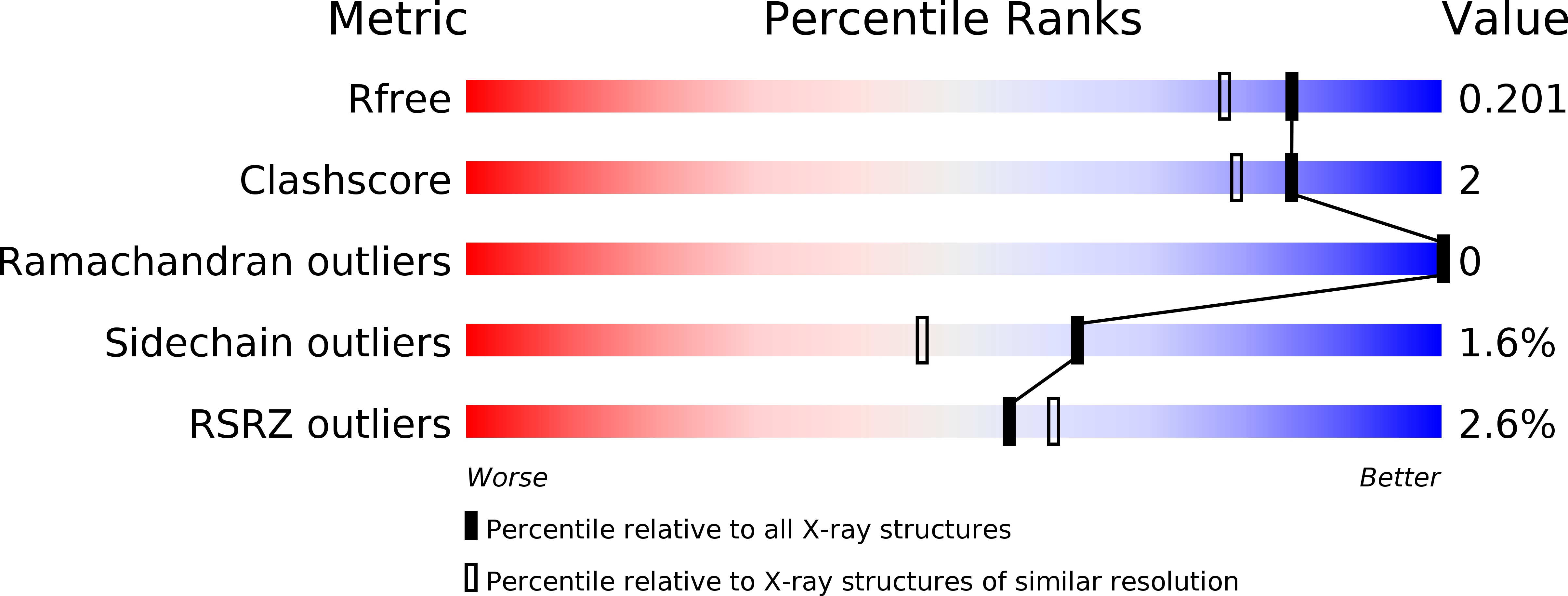
Deposition Date
2015-08-20
Release Date
2016-03-30
Last Version Date
2024-03-06
Method Details:
Experimental Method:
Resolution:
1.71 Å
R-Value Free:
0.19
R-Value Work:
0.16
R-Value Observed:
0.16
Space Group:
P 21 21 21


